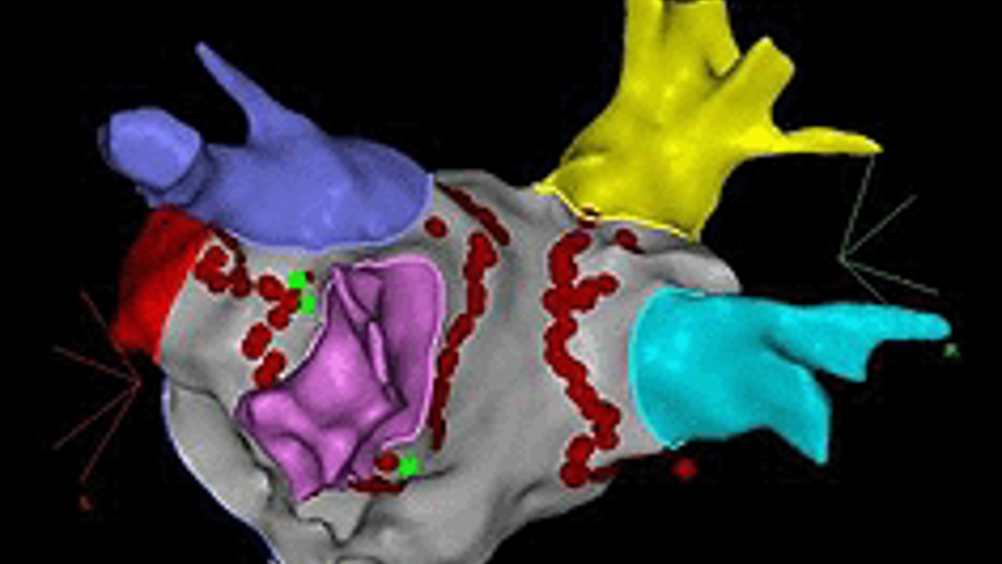Imaging method could improve heart arrhythmia treatment
Researchers at Columbia Engineering School have developed a method of non-invasively mapping the electrical activation of the heart.

Based on ultrasound imaging, the Electromechanical Wave Imaging (EWI) technique could enable doctors to treat heart arrhythmias more efficiently and precisely.
‘EWI can be incorporated into most ultrasound scanners already available in hospitals and clinics and can be modified at little or no cost to use our technology,’ said associate professor Elisa Konofagou from Columbia University’s School of Engineering and Applied Science.
Using their EWI method, the Columbia Engineering researchers imaged the heart with ultrasound five times faster than standard echocardiography and mapped the local deformations of the heart with their images.
The team then looked at small, square, millimetre-sized regions of the heart and measured how much these regions were stretched or compressed every two thousandths of a second. This enabled the researchers to precisely identify at what time each region of the heart began to contract — the electromechanical activation — in all four chambers.
They then compared their maps with the electrical activation sequence and found they were closely correlated, both at the natural rhythm of the heart and when the heart was artificially paced.
Register now to continue reading
Thanks for visiting The Engineer. You’ve now reached your monthly limit of news stories. Register for free to unlock unlimited access to all of our news coverage, as well as premium content including opinion, in-depth features and special reports.
Benefits of registering
-
In-depth insights and coverage of key emerging trends
-
Unrestricted access to special reports throughout the year
-
Daily technology news delivered straight to your inbox










National Gas receives funding to develop Gravitricity underground hydrogen storage system
There can't possibly ever be a '<i>business</i>' case for the <i><b>bulk</b></i> storage of hydrogen, since Green hydrogen electrolysis...